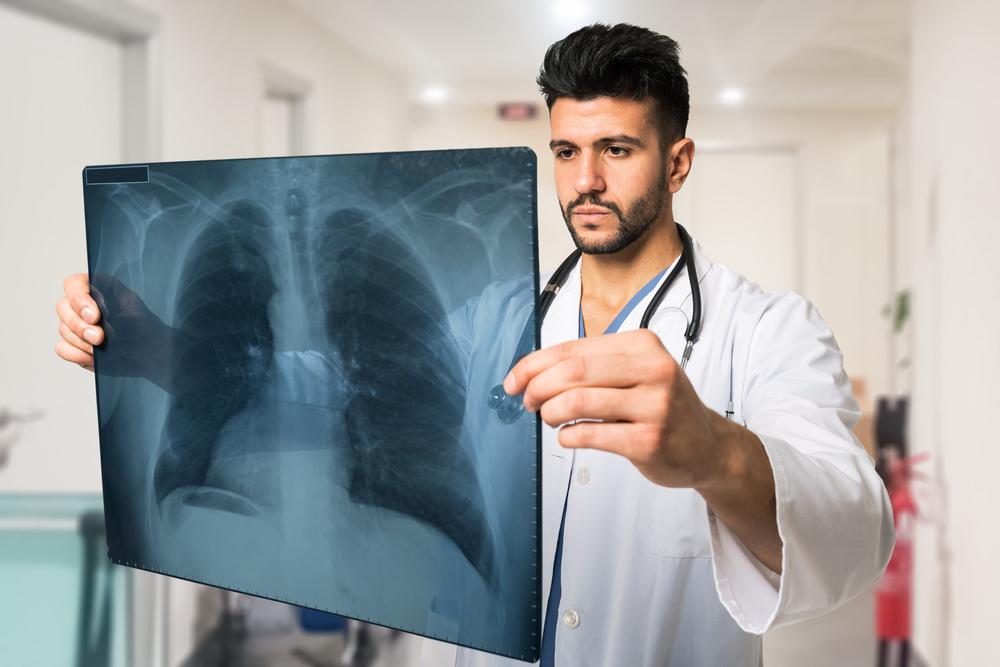
Treatments for Non-Small Cell Lung Cancer
Non-small cell lung cancer (NSCLC) is a type of lung cancer that is mostly caused by smoking. The tumor is of three kinds – adenocarcinoma (in cells in the air sacs), squamous cell carcinoma (in the cells that line the inner lung airways), and large cell carcinoma (spreads quick). There are three main treatment options including surgery, chemotherapy, and radiation therapy, but targeted therapy and immunotherapy have been added as new forms of treatment.
Here is a detailed explanation of each of these treatments.
1. Surgery
In surgery, tumors are removed through a cut in the skin and muscle. The aim of surgery in NSCLC is to remove the lung tumor completely along with the nearby lymph nodes in the chest region. Generally, surgery is only preferred for stage one cancer. Sometimes, it is also suggested for treating stage two and three tumors.
There are various types of surgery performed for NSCLC, including:
- Lobectomy
This surgery is performed to remove an entire section (lobe) of the lungs. This surgery is considered the most effective type of surgery.
- A wedge resection
This surgery removes the tumor that is located around the healthy lungs. This surgery is performed if the surgeon cannot remove a whole section of the lung.
- Segmentectomy
This is another way to remove cancer when an entire lobe of the lung cannot be removed. In a segmentectomy, the surgeon removes the portion of the lung where cancer developed.
- Pneumonectomy
This surgery is performed when the tumor is located close to the center of the chest.
2. Chemotherapy
Chemotherapy for NSCLC is performed along with surgery or radiation therapy. Chemotherapy alone cannot cure NSCLC. In the case of chemotherapy in combination with surgery, the chemo is usually performed after surgery. This treatment process is called adjuvant chemotherapy. Adjuvant chemotherapy is mostly used to treat stages one to three cancer. In general, chemotherapy is given in cycles. The treatment lasts for a few days, where chemotherapy is performed in cycles. The next cycle of the therapy begins only after the blood cell count returns to normal. Chemotherapy usually takes two to four cycles. At the end of these cycles, the patient is asked to repeat CT scans and other tests to make sure the effect of chemotherapy on the tumor.
3. Radiation therapy
Like chemo, radiation therapy is not effective by itself. Radiation therapy is performed in combination with surgery or chemotherapy. In some cases, it is also performed alone. If a patient is not eligible for surgery, then radiation therapy is highly recommended to treat NSCLC. Radiation therapy is used for different purposes, such as to reduce the size of a tumor for surgery, to kill any remaining tumor cells after surgery, or to relieve the patient’s symptoms in later-stage.
4. Targeted therapy
Targeted therapy is a process that examines the patient’s tumor tissue to identify any specific genetic mutations or alteration which is targeted with specifically designed medications.
5. Immunotherapy
Immunotherapy helps the immune system to function properly to destroy tumor cells.




